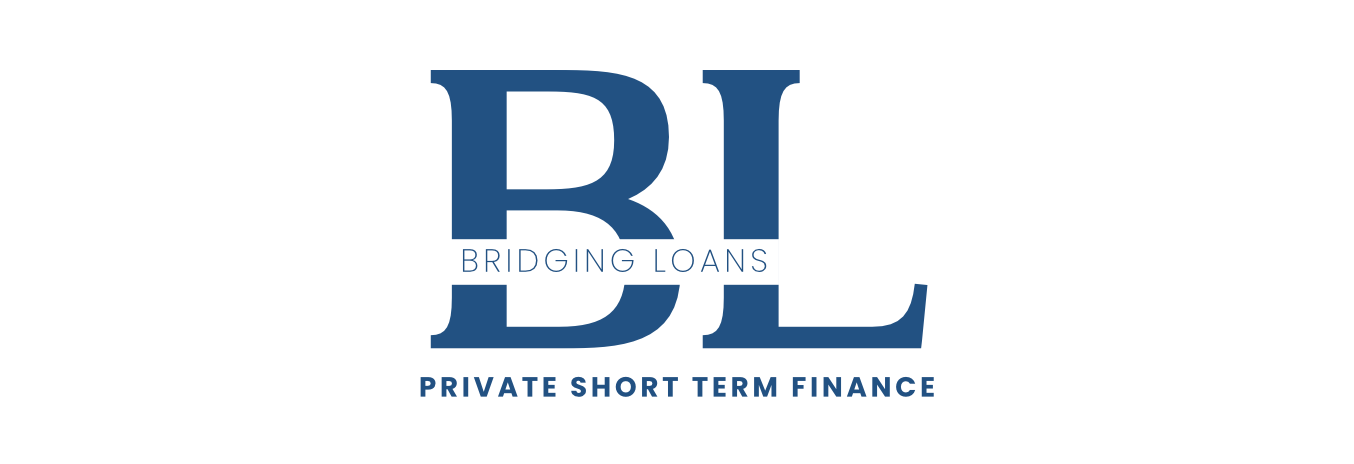Invoice Discounting
Turn Outstanding Invoices Into Capital
Up To 75% Of Outstanding Invoice Amount As A Cash Advance
Invoice factoring offers a dynamic financial solution for businesses looking to enhance cash flow and reduce the wait on customer payments. By converting outstanding invoices into immediate working capital, it provides a strategic tool for managing finances and fostering growth. This service is particularly beneficial for businesses with long invoice cycles, allowing them to unlock the value of receivables quickly and efficiently. Whether you’re a small business facing cash flow challenges or a larger entity seeking to optimize capital management, understanding and utilizing invoice factoring can be a key to financial agility and success.
Are You Hoping To Grow Your Business By:
Covering operational costs like payroll and rent
Investing in marketing or new equipment
Investing in new locations, equipment, or technology
Purchasing Inventory
Taking advantage of early payment discounts from suppliers
Understanding Invoice Discounting
Invoice discounting is a financial service where a business sells its accounts receivable (invoices) to a third party at a discount. The third party, typically a finance company or bank, advances a percentage of the invoice value to the business. This provides immediate working capital for the business, while the third party collects payment directly from the customers. Invoice discounting is a way for businesses to manage cash flow by getting quicker access to funds tied up in invoices, without waiting for customers to pay.
Benefits of Invoice Discounting
The benefits of invoice factoring for businesses include improved cash flow by converting outstanding invoices into immediate funds, reduced waiting time for customer payments, enhanced ability to manage and pay operational expenses, and the opportunity to invest in growth without incurring debt. This financial tool also helps in maintaining a healthier balance sheet and offers the flexibility to pursue new business opportunities.
Application Criteria
For invoice discounting, the lender essentially ‘buys’ your debt and assumes the responsibility of collection. However, if your client defaults or delays payment, you remain liable for the debt. The lender will require your audited financial statements for the past two years, current management accounts, and various other financial documents like debtors and creditors age analysis, asset register, contracts, leases, bank statements, stock lists, and all other accounting records. The assessment process for this application takes a minimum of two weeks.
Costs
Loan amounts range from R 50 000 to R 1.5 million.
Loan Terms & Cost Schedule
Cost Structure
- Minimum Term – 3 months
- Maximum Term – 60 months
- Minimum APR – 15 %
- Maximum APR – 30 %
Example:
- Loan R 100 000
- Term 6 months
- APR 15 %
- Repayment R 115 000
Frequently Asked Questions
Are there any risks associated with invoice discounting?
Yes, there are risks associated with invoice discounting. The primary risk is the liability for the debt: if your client fails to pay or pays late, you are still responsible for repaying the lender. Additionally, it requires sharing sensitive financial information with the lender, which might pose a risk to your financial confidentiality. Furthermore, relying on invoice discounting can impact your relationship with clients, especially if they are aware of the arrangement. It’s important to weigh these risks against the benefits of improved cash flow.
What is invoice discounting and how does it work?
Invoice discounting is a financial service where businesses sell their unpaid invoices to a lender at a discount. The lender advances up to 75% of the invoice’s value to the business, providing immediate working capital. The business remains responsible for collecting payments from its clients. Once the client pays, the business repays the lender the advanced amount plus a fee. This tool is useful for businesses needing quick access to funds without waiting for clients to pay their invoices.
Once I've applied, can I keep submitting new invoices for rolling credit?
Yes, once you’ve applied for invoice discounting and are approved, you can typically continue to submit new invoices for ongoing credit. This allows for a rolling credit line based on your current accounts receivable. It’s a flexible arrangement that adapts to the changing financial needs of your business, offering continuous access to funds as new invoices are issued.
How do I get approved for the full 75%?
To get the maximum percentage of your invoices approved in invoice discounting, ensure your business has a strong credit history and solid financial health. Demonstrate consistent, reliable revenue and maintain good relationships with creditworthy clients. High-quality invoices (clear, accurate, and from reputable clients) are more likely to be valued favorably. Regularly updating your financial documentation and maintaining transparency with the lender can also positively influence the percentage of invoice value you can access.
Is invoice discounting the same as invoice factoring?
Invoice discounting and invoice factoring are similar but have key differences. In invoice discounting, the business retains control of its accounts receivable and is responsible for collecting payments from clients. The lender provides a percentage of the invoice value upfront, and the business pays back this amount plus fees after the client pays. In contrast, invoice factoring involves the lender taking over the collection of payments from clients. This means the lender interacts directly with the clients, which may be known to the clients. Both methods provide immediate working capital but differ in terms of control over receivables and client interaction.
APPLY FOR INVOICE DISCOUNTING
This form applies to the following bridging loan categories:
Invoice Discounting
Please only submit the form ONCE! Check your inbox (and spam folders) for a confirmation email.

